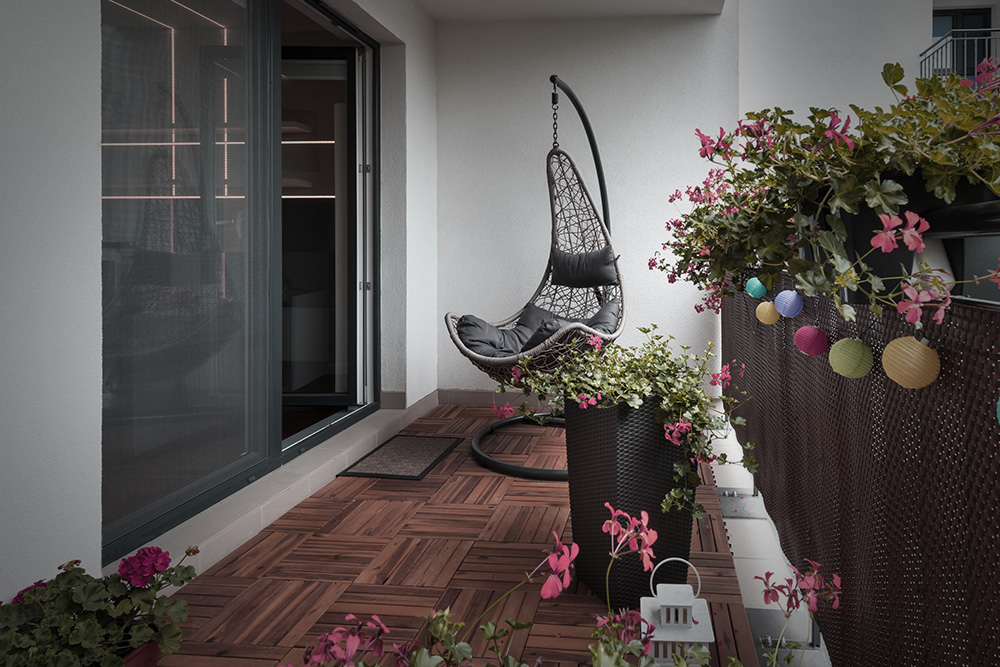Is It a Limited Common Element? By: Michael Dermody, Esq. of BECKER
Is It a Limited Common Element?
By: Michael Dermody, Esq. of Becker
Most condominium unit owners may think that limited common elements are those areas outside the condominium unit that are part of the common elements, but which are used only by a specific unit owner. However, the Florida Condominium Act defines “limited common elements” as “those common elements which are reserved for the use of a certain unit to the exclusion of all other units, as specified in the declaration.” (FS 718.103(19), emphasis added). Thus, the determination of whether a common element (i.e., any area not included within the unit boundaries) is a “limited common element” depends solely upon the designation set forth in the property’s declaration. Brown v Rice, 716 So.2d 807 (5th DCA 1998).
This requirement that limited common elements (“LCE”) must be “specified in the declaration” can be crucial when it comes to assigning maintenance responsibility. While maintenance of common elements (of which LCE are a subset) is statutorily the responsibility of the association, the Condominium Act provides that “the declaration may provide that certain limited common elements shall be maintained by those entitled to use the limited common elements…” FS 718.113(1). However, the fact that unit owners are assigned the maintenance obligation in the declaration for areas outside of their unit under their exclusive control may not mean much if the area is not designated as a limited common element in the declaration of condominium; in such case the declaration may be assigning maintenance responsibility for something that does not technically exist. Without such specific designation the area would remain a part of the common elements, and the maintenance responsibility of the association.
When patios and balconies are associated with units, they are usually plainly marked as limited common elements in the unit diagrams and are thus “specified.” But there are less obvious things external to a unit, but used exclusively by the unit owner, that may escape specification in the declaration such as external air conditioning units, air conditioner connecting lines, air conditioner condensate drain lines, or plumbing lines that serve only one unit. If the intent is to assign the unit owner the maintenance responsibility for such things, they must be specified as limited common elements in the declaration. Conversely, the mere fact that the LCE are specified in the declaration does not automatically make the LCE the maintenance responsibility of the unit owner. LCE are, after all, a part of the common elements, and by default are an association maintenance obligation. To properly assign the maintenance obligation to the unit owner, the declaration must both specify the item or area in question as a limited common element and designate the maintenance obligation to the unit owner.
If your association has portions of the common elements that serve only one unit owner, or group of units, which are not specified in the declaration as limited common elements, the Condominium Act was amended a few years ago to allow the association to reclassify these portions of the common elements as limited common elements, by amending the declaration (and amending the maintenance obligations, if necessary). If these obligations are not clear in your condominium declaration, consult with your attorney to determine whether amendments to reclassify portions of the condominium property from common elements to limited common elements would be beneficial to your community.

Michael O. Dermody
Senior Attorney
tel:772.286.2990
MDERMODY@beckerlawyers.com
Michael Dermody concentrates his legal practice in commercial litigation, with a focus in appellate writing. He was admitted to the Florida Bar in May, 2007, and has been a member of the New Jersey Bar since 1996. Prior to coming to Florida, Michael was the principal of his own solo practice in Frenchtown, New Jersey. In 2005, he submitted an amicus curae brief in the landmark U.S. Supreme Court medical marijuana case, Ascroft v. Raich. Since 2007 he has focused on community association law with a concentration in community association litigation.
Discover more from SFPMA
Subscribe to get the latest posts sent to your email.


